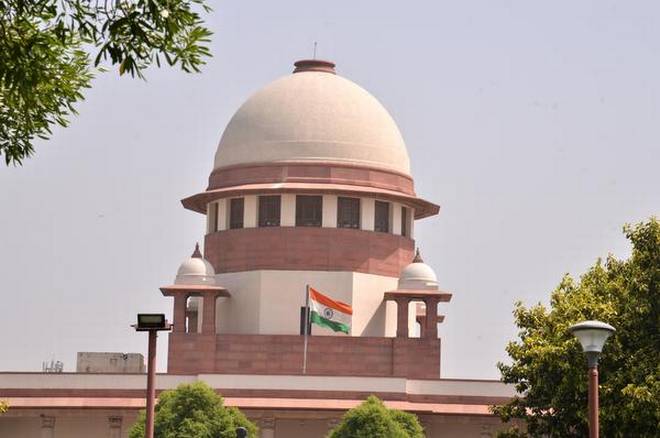MAGISTRATES GET A GREEN FLAG IN EXERCISING SUO MOTO TO ORDER FURTHER INVESTIGATION UNDER CrPC.

The Supreme Court of India, in an attempt to safeguard the rights of the innocent, as envisaged under Article 21 of the Constitution of India, has extended a few powers of investigation to the magistrates. Before this landmark judgment, some judgments restricted the Magistrates to direct investigation in cases, u/s 156 (3) of the Criminal Procedure Code (CrPC). However, the three-judge bench after deliberating on Constitution of India, have come to the conclusion that the powers of the Magistrate u/s 156 (3) of the CrPC are very wide and they have to be satisfied with the police investigation that takes place in a case, in order to acquit or convict the person.
Reasoning sorted by the Supreme Court of India
Article 21 of the Constitution of India mandates that the magistrate has the powers to issue an investigation order, to cater to the rights of the innocent, until proved guilty (if in case). For this, initially, the investigation ended after the production of the charge sheet by the police officials and no further investigation was ordered, and the person in question would have their criminal trial started based on the investigation done before the submission of the charge sheet in the court.
This approach often puts an innocent person on the radar of the law and the trial encroaches upon his fundamental rights. To make the judicial proceeding a little more justifiable against a person, the Supreme Court also took into consideration several decided cases and overruled their ruling.
In Deverapalli Lakshminaryana reddy & Ors vs. V. Narayana Reddy, the decision stated that the power u/s 156(3) of the CrPC can only be exercised at the pre-cognizance stage. The bench this time overruled this judgment and called it ‘erroneous’ thereby referring to Section 2(h) of CrPC which explains ‘investigation’. Since the meaning includes ‘ALL proceedings under the CrPC for collection of evidence conducted by a police officer’, ‘all’ in this regard would take into account the proceedings u/s 173(8) CrPC as well. The investigation hence embraces the entire process which commences with the collection of the evidence and continues till the charges are framed by the court.
The Court also overruled the finding in Amrutbhai Shambubhai Patel vs. Sumanbhai Kantibai Patel which stated that the Magistrate could not order for investigation after the cognizance was taken. The Supreme Court provided a clarity on this finding and discarded it by stating that the power of the police to investigate the offense continues till the stage of the trial commencing and that the Magistrates still hold the power to order further investigation in the light of satisfying the fact that the accused is guilty of a cognizable offense.
The end analysis –
The three-judge bench strongly opined that the criminal trial does not begin after the cognizance is taken, but begins once the charges are framed and until then, both the Magistrate and the Police Officials have the right to command for further investigation and conduct further investigation. This recent judgment attempts to highlight the importance of Just and Fair investigation, something this bench believes was not considered while deciding cases concerning this impugned matter. All the other judgments which debarred the Magistrates from ordering to conduct further investigations u/s 173 (8) CrPC, committed to mocking the principles of justice as it promoted a chance to put an innocent person into a criminal trial, and escalated chances of a guilty person to be left out. Hence, this bench could not see any means as to why the powers of the Magistrate were confined to, and restricted to.
It was further opined that the question of whether any more investigation has to be conducted, can be exercised Suo Moto by the Magistrate, depending on the facts and circumstances from case to case.










